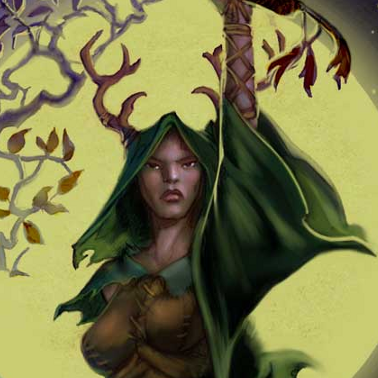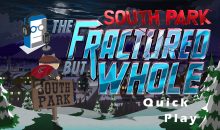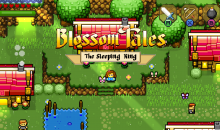13th Age First Impressions on Mechanics
After weeks of flu, cold, and eye trauma, our group finally (finally!) has a few hours of 13th Age under its belt. I don’t want to commit too much to a post yet, but I did want to jot down a few of the impressions I got of the mechanics. I’m happy to report that the game has a strong core of Dungeons & Dragons gameplay that manages to be simple and authentic feeling.
Iconic D&D Action
Pelgrane Press has distilled the spirit of D&D action in a much smoother, less complicated machine. The characters and monsters are, at a glance, much more simple than their counterparts in previous editions. But in just a single page character sheet and a handful of potent abilities/spells, each player character functions in exciting and iconic ways. In our first encounter the fighter intercepted zombies to protect his allies, the rogue was elusive and deadly, the wizard used cantrips to confuse, the sorceress lit everything on fire, and the bard maneuvered, healed, and boosted the team. I wish I had a better word to use, but it all felt genuine despite its relative simplicity.
The monsters and hazards are also as straight forward. The stat blocks for my zombies took up exactly 3 lines in my notes without using any short hand. I prepped an entire dungeons full of different monsters and they all fit on a single sheet of paper. While I’m looking forward to unleashing more complicated threats (our first encounter was only against vanilla bad guys) I can already see that the game manages to communicate D&D feeling threats with much less number crunching.
13th Age straddles the design space between 3rd Edition and 4th Edition. It embraces the focus-on-the-fun attitude of 4E without being confined to an “encounter” system and it embraces the freedom of 3rd Edition without succumbing to the weight of comprehensive simulation. I thought that I’d miss the complexity that 13th Age left behind, but I was delighted to find that I didn’t miss it for a moment.
Abstracted Game Mastery
If there is a mission statement for 13th Age it is “find out what makes for a good D&D game, then spell it out”. For the players this was the inclusion of Backgrounds and their One Unique Thing. For the GM, the rule boils down adventuring mechanics to their most abstract, communicating the intent of the rules so you can apply them well instead of simply following them well.
A good example is the “full heal-up”, the down time that restores all of the party’s resources like spells and hit points. Previous editions have what is called the “15 minute adventuring day” problem: resources would be fully restored when the party slept overnight, creating a real incentive to take a nap after every fight. However, the “full heal-up” in 13th Age isn’t tied to in-game time. Party resources are restored when an adventure is over, when the story’s plot enters falling action. 13th Age avoids the 15 minute adventuring day problem by boiling down the concept of resource restoration to its most basic level: let it happen when it makes sense and is exciting. (Of course, there are guidelines in the book to make sure it’s “fair”. Player should expect a full heal after about four fights, adjusting for difficulty.)
This same boil-it-down-to-the-basics philosophy is applied to plenty of sticky wickets that have troubled D&D games for ages: environmental traps and hazards, setting fair target numbers for skill tests, managing magical items, using out-of-combat magic rituals to solve problems, even running away. 13th Age has easy rules to govern running away, you guys. How is this something that has eluded us until now?
The Two Spheres
I was a bit unsure about the experience 13 Age would provide; I couldn’t tell from a cold reading if it was going to put more weight on the story game elements or the classic Dungeons & Dragons action gameplay. 13th Age is, perhaps, the first d20 game that I’ve ever played that treats the game inside of combat and the game outside of combat with equal love, attention, and innovation.
I will write more on the system after I’ve had a number of hours playing it that reaches the double digits, but until then I can heartily recommend 13th Age as an authentic D&D experience that offers something new and special.







Pingback: Running 13th Age Demos at Norwescon | Dorkadia